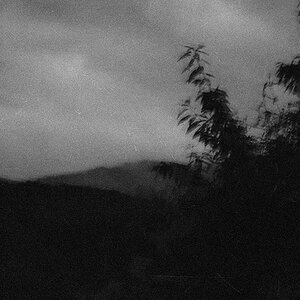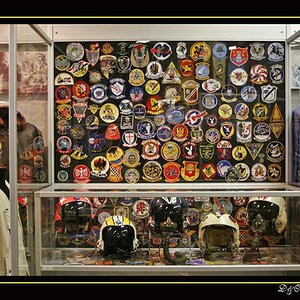ksmattfish
Now 100% DC - not as cool as I once was, but still
- Joined
- Aug 25, 2003
- Messages
- 7,019
- Reaction score
- 36
- Location
- Lawrence, KS
- Website
- www.henrypeach.com
- Can others edit my Photos
- Photos NOT OK to edit

Mark Fieden and Edward C. Robison III at their opening at the Signs of Life gallery, Lawrence, KS
Tri-X at ISO 1250 in Diafine
http://www.thekonzapress.com/feiden/
http://www.edwardcrobisoniii.com/index.html
-

Ann Dean dropping off a donation to the Lawrence Arts Center Art Auction 2006
Tri-X at ISO 1250 in Diafine
-

Mike Yoder photographing my son, Arlo, for the local newpaper.
Arista Pro 125 (same as Ilford FP4) at ISO 200 in Diafine
http://www2.ljworld.com/photos/mike_yoder/


![[No title]](/data/xfmg/thumbnail/37/37170-3e18af574ed51cce5bdf99af9d3cab40.jpg?1619737908)









